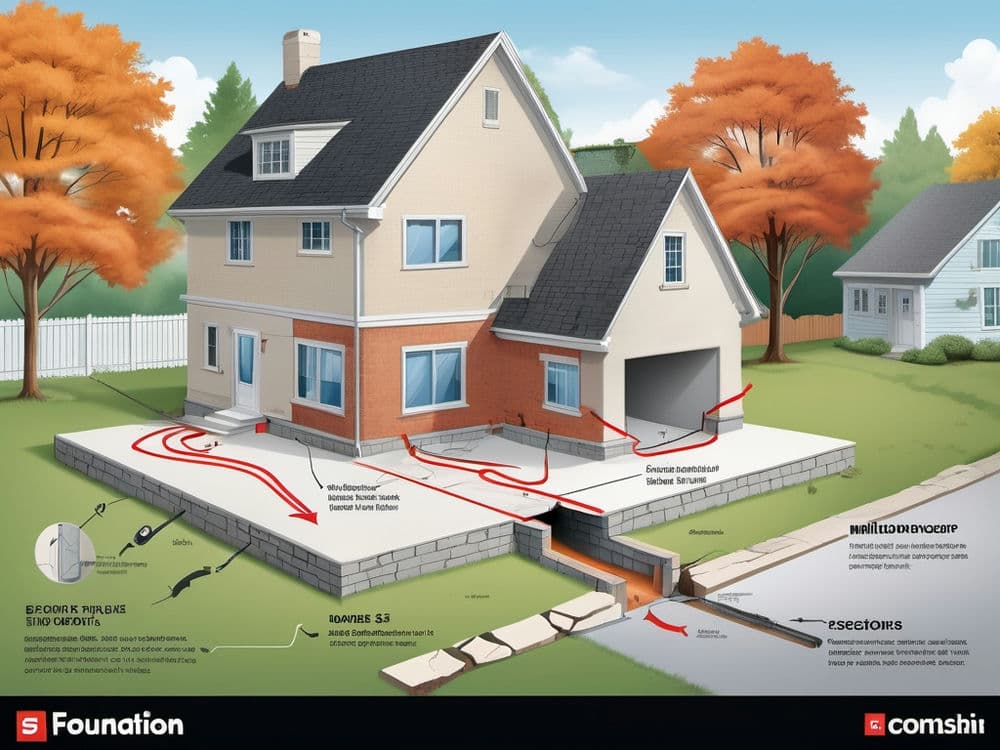

Helical pile installation is a significant transformation in foundation engineering providing an efficient and reliable solution for commercial and residential structures. This technology, echoing the principles of geotechnical engineering, has transformed the method we use to approach foundation stability, particularly in challenging soil conditions.
The design of helical piles incorporates the mechanics of screw threads as well as the geometry of helix, making them ideal for piercing different soil types. These components, crafted from robust materials like steel, show outstanding tensile strength and durability. Their unique design minimizes ground disturbance, a feature that is particularly useful in environmentally sensitive areas.
One of the most important aspects of helical pile installation is achieving the capacity of load you want to achieve. This is when the relationship between installation tension and capacity becomes crucial. The most modern torque gauges, like the Chance Digital Torque Indicator, are a key component in this process by providing precise measurements, and removing the uncertainty that are associated with the estimation of hydraulic pressure.
The speed at which the installation takes place is vital, generally ranges between 8 and 16 RPM. This controlled speed ensures that the pile is moving about three inches each revolution which is in line with the helical plates' pitch. If the pile doesn't advance according to plan, adjustments such as raising downward thrust or adding larger helical plates are made to prevent spinning out, akin to a screw ripping its threads.
What Are Helical Piles Used For - Make It Right® Mike Holmes
Posted by on 2023-08-03
Dundee firm lays foundations for net zero future with new screw pile business Scottish Construction Now
Posted by on 2023-03-22
One of the primary benefits of helical piles is their rapid installation. Contrary to conventional foundations that often require a significant excavation and curing times to cure concrete, the helical piles can be installed directly into the soil. This method is not only more efficient but also less disruptive to the surrounding environment. It reduces the total construction time, which allows projects to move forward at a quicker pace. This speed of installation is particularly beneficial in times where minimizing disruption is crucial, such as in urban environments or near fragile ecological areas.

The construction industry is constantly changing as new technology and methods continuously evolving to meet the challenges of the 21st century. Among these innovations, helical piles have gained much attention because they provide an extremely durable and flexible foundation solution that meets the various requirements of modern building projects. This article focuses on the multitude of ways Helical piles are helping to create an excellent base for construction's future.
In addition to their core benefits, helical piles come with a range of other advantages that make them more prominent in contemporary construction. These include:
These additional attributes, along with their main benefits, are what make the helical piles an extremely versatile and effective foundation choice for a range of construction projects.

In the ever-changing world of construction Helical piles have emerged as a hidden gem, offering strengths that are transforming the construction industry. This article sheds light on the unique advantages of Helical piles and explains the reason why they are gaining popularity in modern construction projects.
Helical piles also known by the name of screw piles. They are a deep foundation solution characterized by their spiral-shaped plates attached to a steel shaft. This design is innovative and allows for quick and efficient installation, as the piles are literally installed into the ground.